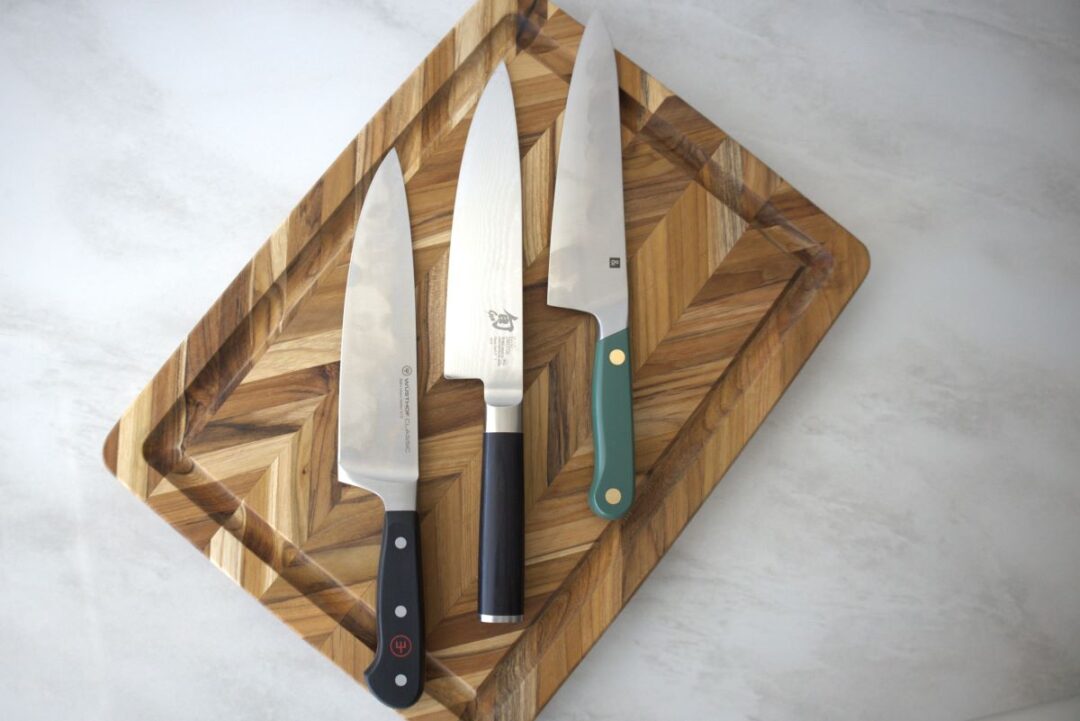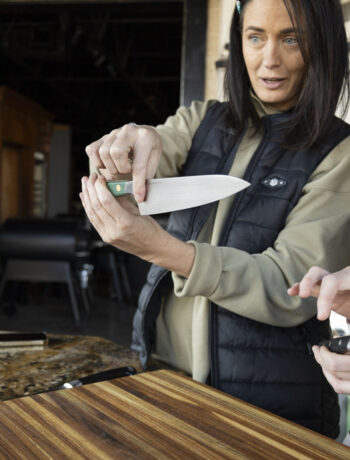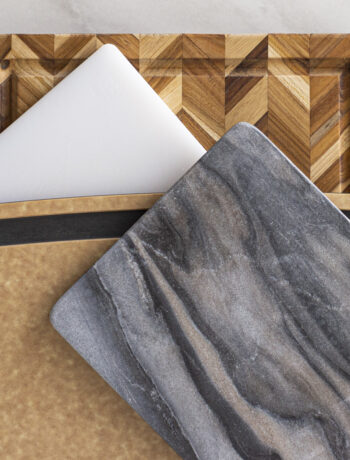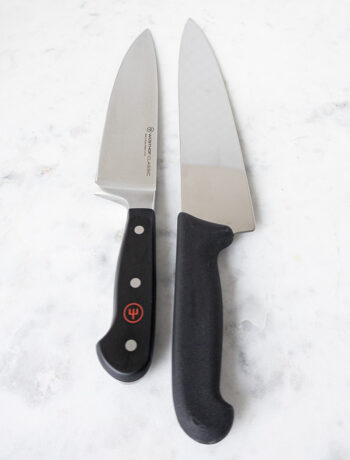A high-quality chef’s knife is the cornerstone of any kitchen. It’s the tool you rely on day in and day out for chopping, slicing, dicing, and meal prep. Over time, however, even the best knives will wear out. As they age, they lose their sharpness, may become uncomfortable to use, and, most importantly, can compromise your safety. Knowing when it’s time for a new chef’s knife is essential for both your cooking efficiency and personal safety. Here are the top signs that it’s time to upgrade your trusted kitchen companion.
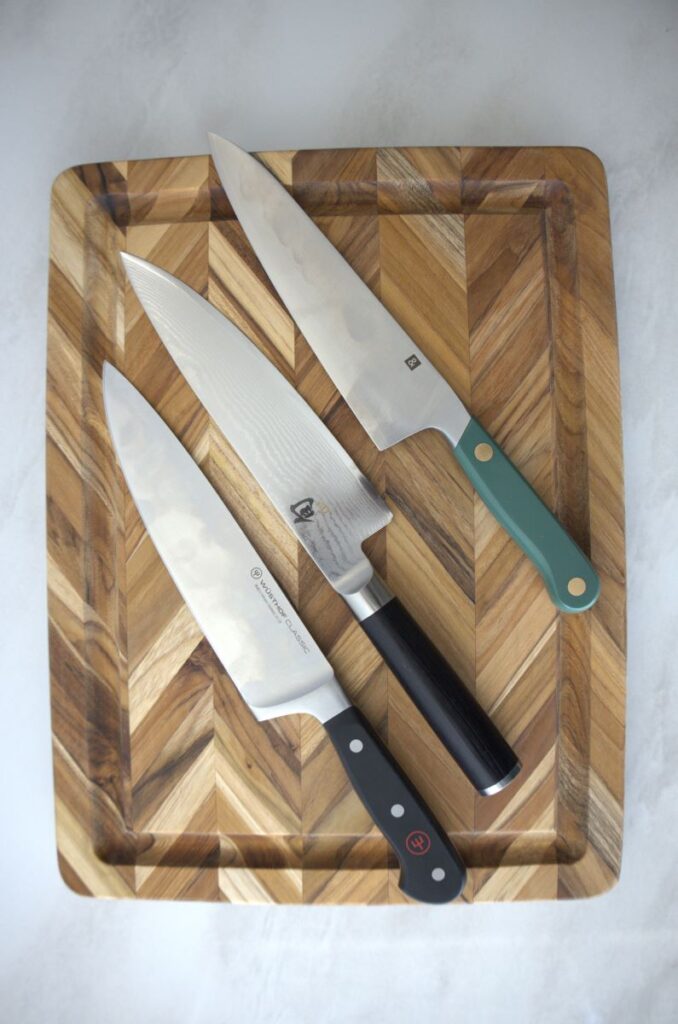
The Blade Is No Longer Sharp
A sharp blade is the hallmark of a great chef’s knife. If you find yourself needing to exert more pressure or go over the same slice multiple times, your knife’s edge is likely dull. Even with regular sharpening, blades eventually lose their ability to maintain a fine edge due to repeated use, and excessive sharpening can wear the blade down to the point of irreparability.
Signs of a dull blade:
- Difficulty slicing through foods that were once easy to cut, like tomatoes or soft fruits.
- The blade seems to tear or crush ingredients instead of slicing cleanly.
- You notice that the knife is not cutting with the same precision or speed as it once did.
While sharpening can extend a knife’s life, if the blade is excessively worn or chipped, it’s a sign that it’s time for a replacement.
Visible Damage to the Blade or Handle
The physical condition of your chef’s knife is a key factor in its continued performance. Even small nicks, chips, or bends in the blade can significantly affect how the knife functions. A bent or damaged blade won’t cut properly and can be dangerous to use.
Signs of visible damage:
- The blade has visible chips, cracks, or bends.
- The handle is cracked, split, or damaged in any way.
- You notice rust or corrosion on the blade that won’t come off with cleaning.
A damaged knife can be dangerous—if it slips or breaks during use, it could lead to serious injury. If the blade or handle is compromised, a new knife will ensure that you’re cooking safely.
The Knife Feels Uncomfortable to Use
When you first got your chef’s knife, it likely felt comfortable in your hand. Over time, however, wear and tear can cause the handle to lose its ergonomic feel or become slippery. This can result in discomfort or, worse, accidents in the kitchen.
Indicators of handle issues:
- The handle is loose or wobbles during use, indicating a breakdown in the knife’s construction.
- The handle material (wood, plastic, or metal) is cracked, chipped, or showing signs of wear.
- You feel fatigue or discomfort in your hand, wrist, or forearm after using the knife for just a short time.
A comfortable grip is crucial for safety and efficiency in the kitchen. If your knife no longer fits well in your hand, or if the handle causes discomfort, it might be time to invest in a new one.
The Knife Is Too Heavy or Unbalanced
As knives age, the balance between the blade and handle can shift, making the knife feel heavier or more awkward in your hand. A balanced knife should feel like an extension of your arm, allowing you to maneuver it with precision and ease. If you notice that your knife is no longer comfortable to use due to imbalance, it’s time to consider replacing it.
Signs of imbalance or weight issues:
- The knife feels unsteady or “off” in your hand while cutting.
- You experience more hand or wrist strain, even with short periods of use.
- The knife feels disproportionately heavy toward the blade or handle.
A good chef’s knife should make cutting feel effortless. If yours is tiring to use, it may be time for a more comfortable, balanced replacement.
It Takes Longer to Get the Job Done
A chef’s knife is supposed to make your kitchen tasks faster and easier. If you find yourself spending extra time chopping vegetables, slicing meat, or completing simple tasks, your knife could be the culprit. A dull blade, imbalanced handle, or worn-down edge can make these tasks much more difficult, leading to unnecessary frustration.
Signs you’re spending too much time:
- Tasks that used to be quick are now taking much longer.
- You struggle to make clean, precise cuts.
- You need to frequently “force” the knife through food.
When your knife starts slowing you down, it’s a clear sign that it’s no longer performing at its best. Investing in a new, high-quality chef’s knife can restore your kitchen efficiency.
You’re Concerned About Safety
Above all, safety should always be a priority in the kitchen. A dull, broken, or uncomfortable knife can cause accidents, from slips to more serious injuries. If you’ve noticed any issues that compromise the safe use of your knife—such as a jagged edge, loose handle, or rust—it’s time to replace it.
Potential safety concerns include:
- The knife slips while cutting, risking injury.
- The blade is so dull that you have to apply excessive force to cut.
- The handle feels unstable or is prone to slipping out of your hand.
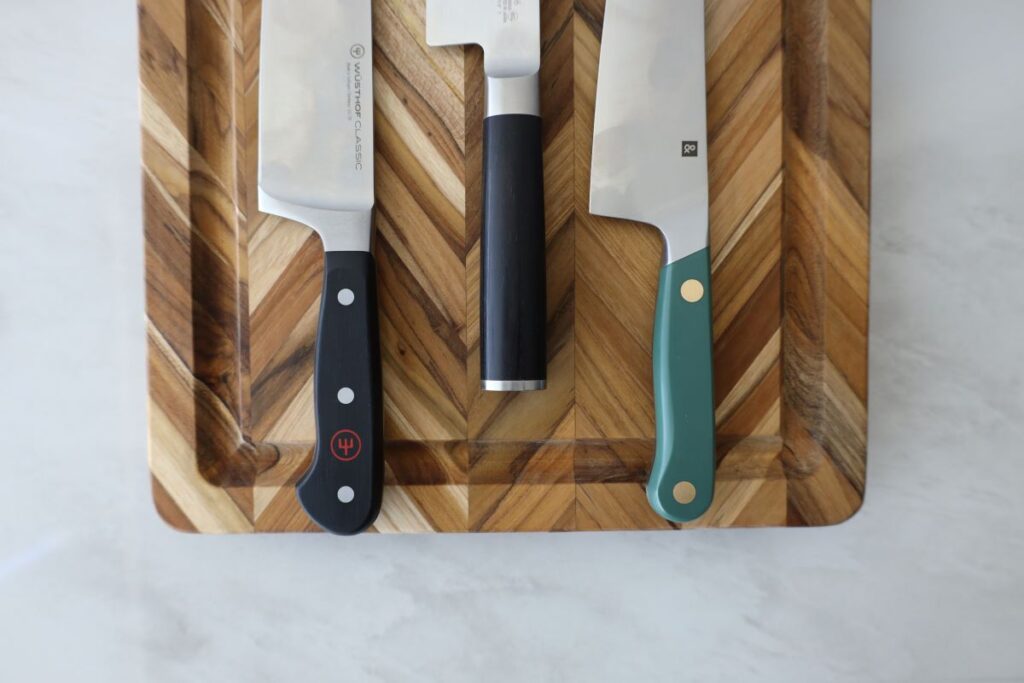
A knife that no longer feels safe is a risk you shouldn’t take. Protect yourself and those around you by replacing your old knife with a new, reliable one.
A quality chef’s knife is an investment in your cooking, and knowing when to replace it can make all the difference in your kitchen experience. From comfort and sharpness to physical condition and safety, any of the signs above indicate that it’s time for a new chef’s knife. Don’t wait for an accident to happen—invest in a new knife that will enhance your cooking and provide you with the precision and comfort you deserve.
Remember, a new chef’s knife should feel like an extension of your hand. If yours no longer offers that level of control, comfort, or sharpness, it’s time to make a change. Choose wisely, and your kitchen tasks will be smoother and safer than ever before. Shop a variety of options or come into the store to try them out today.

